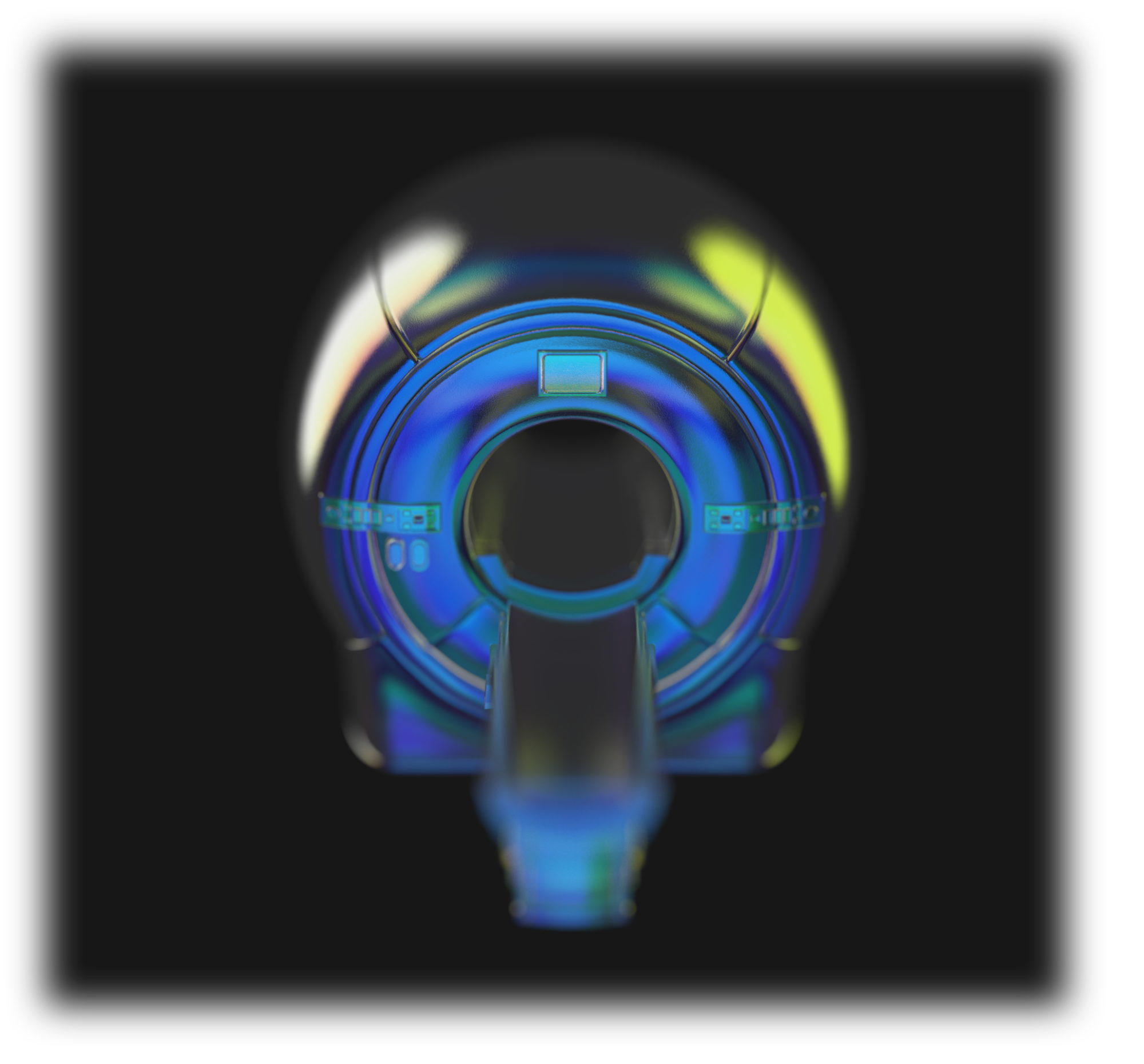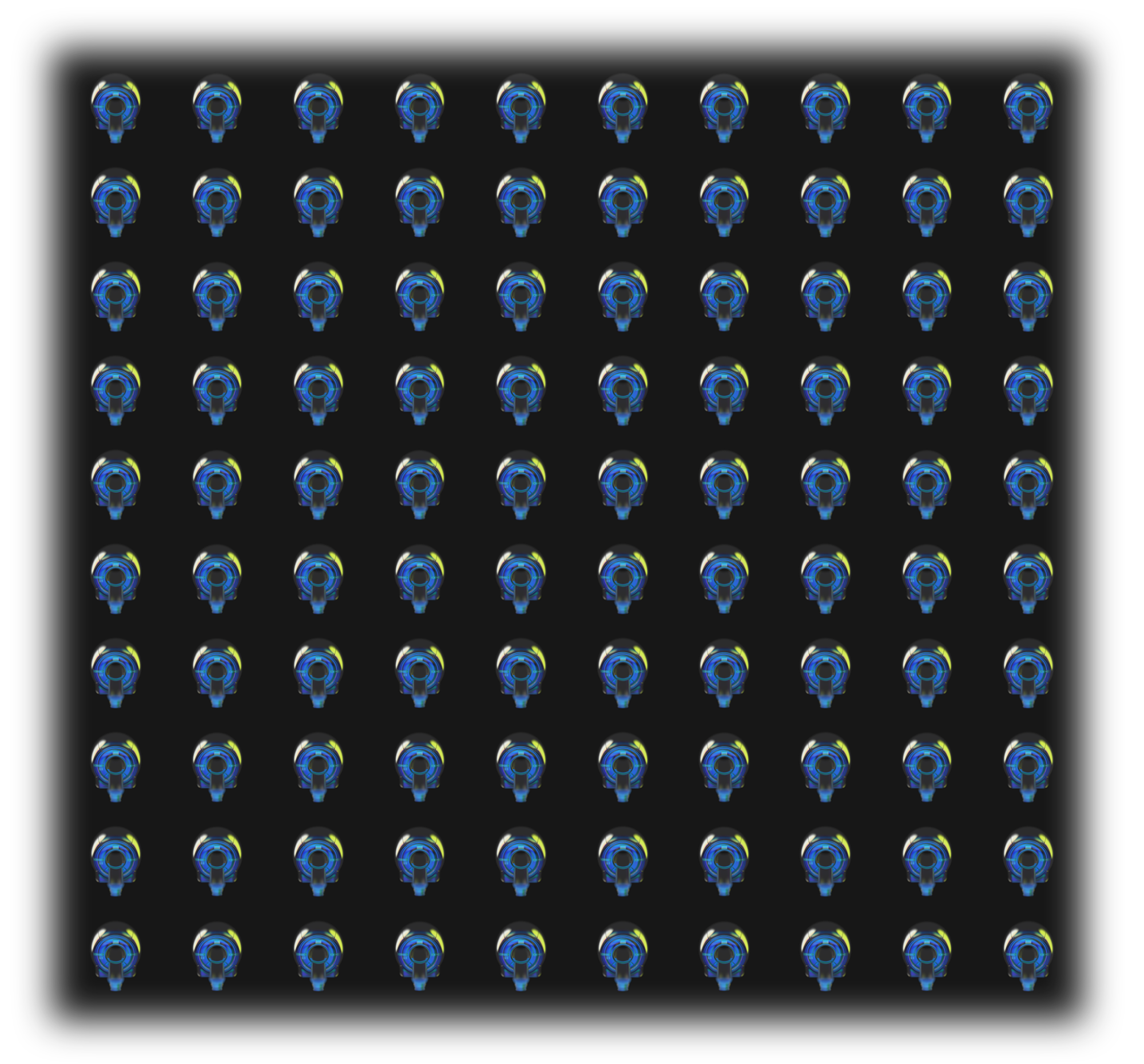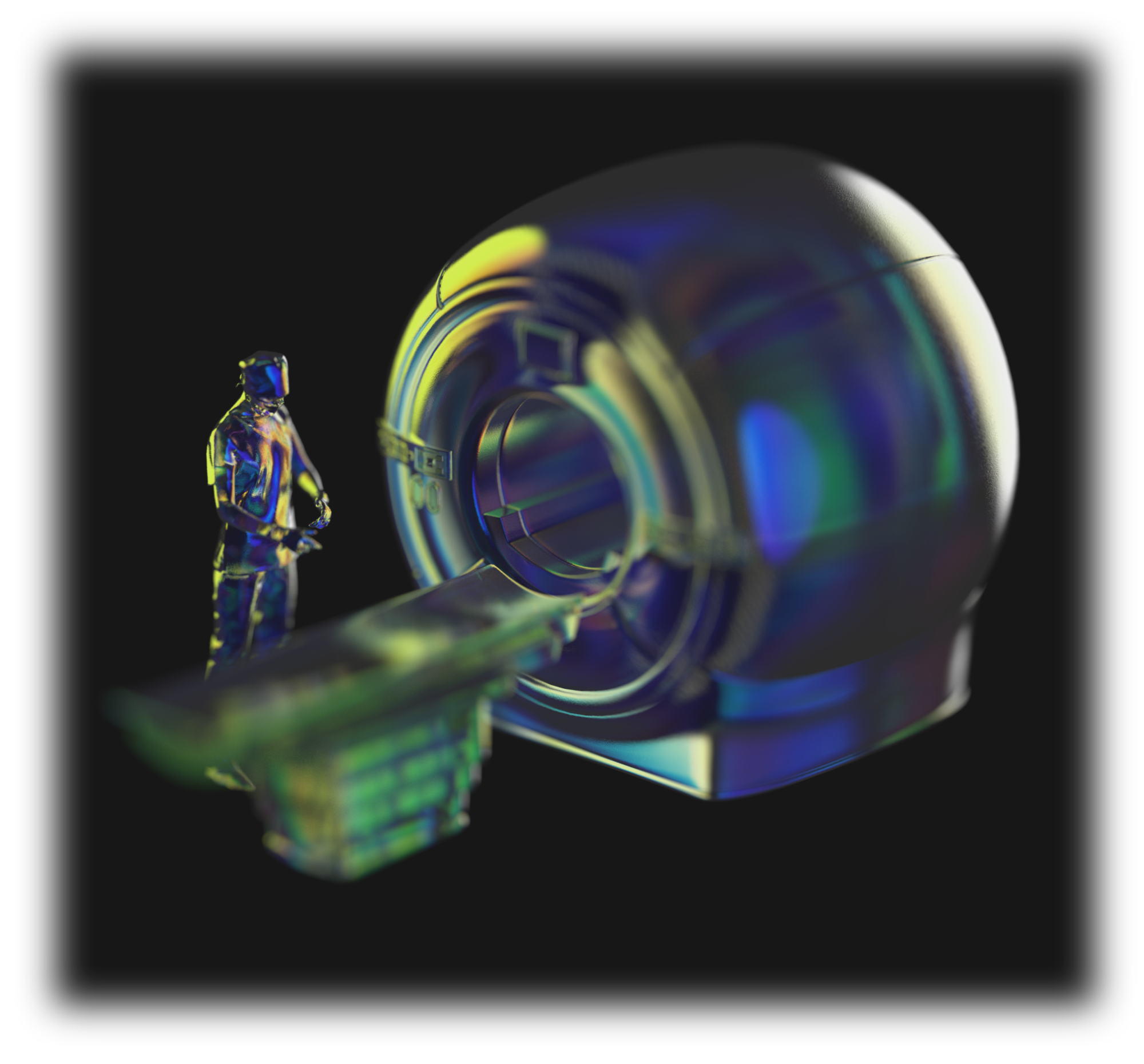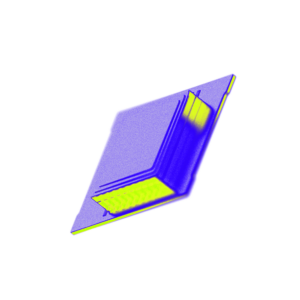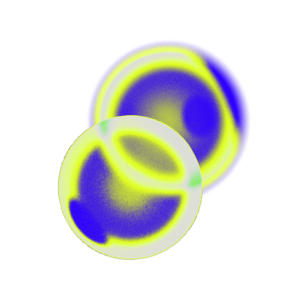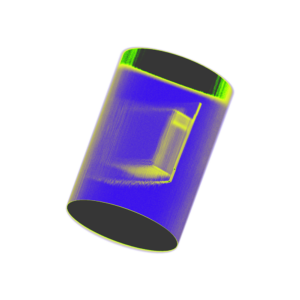What should I expect during the hiring process?
QUANTUM SQUID DETECTION SYSTEM
Our patented low-Tc SQUID volume gradiometer is the world’s first SQUID antenna capable of acquiring an MRI signal in an open environment, improving the SNR up to 10x compared to previous attempts.
STATE OF THE ART AI NOISE CANCELLATION SYSTEM
We implement cutting-edge linear and non-linear active noise cancellation strategies to make the most out of the lower signals.
ULTRA-LIGHT COOLING SYSTEM
We designed and built the first MRI-compatible SQUID cryostat, which allows the detector to stay at 4 K while gathering the NMR signal as efficiently as a room-temperature coil.
UNCONVENTIONNAL LOW-FIELD AI RECONSTRUCTION
Ultra-low field EPI, partial Fourier, and Gaussian undersampling with unconventional reconstruction are the last bricks to reduce the number of repetitions to pack ULF sequences in clinically relevant acquisition times.

